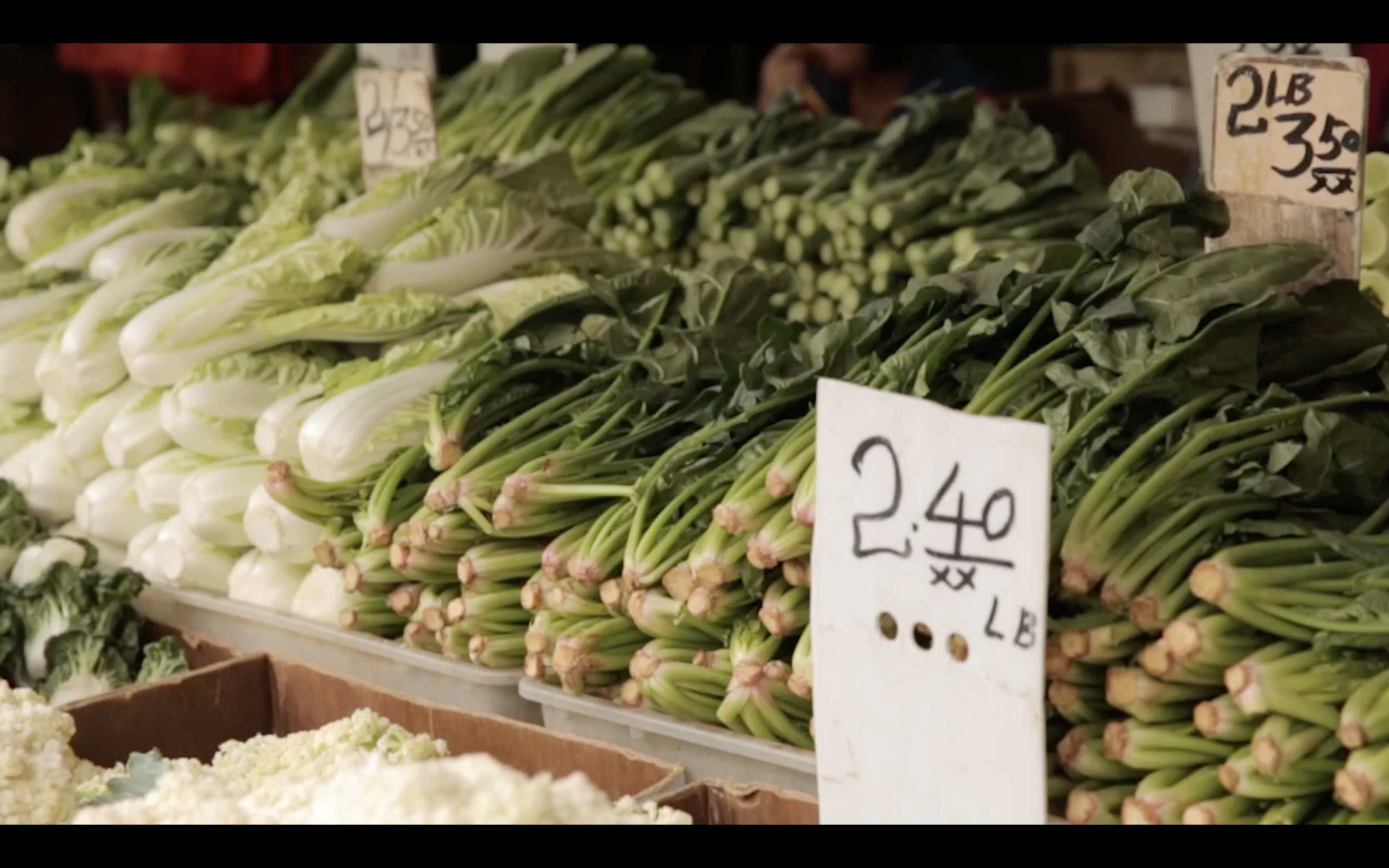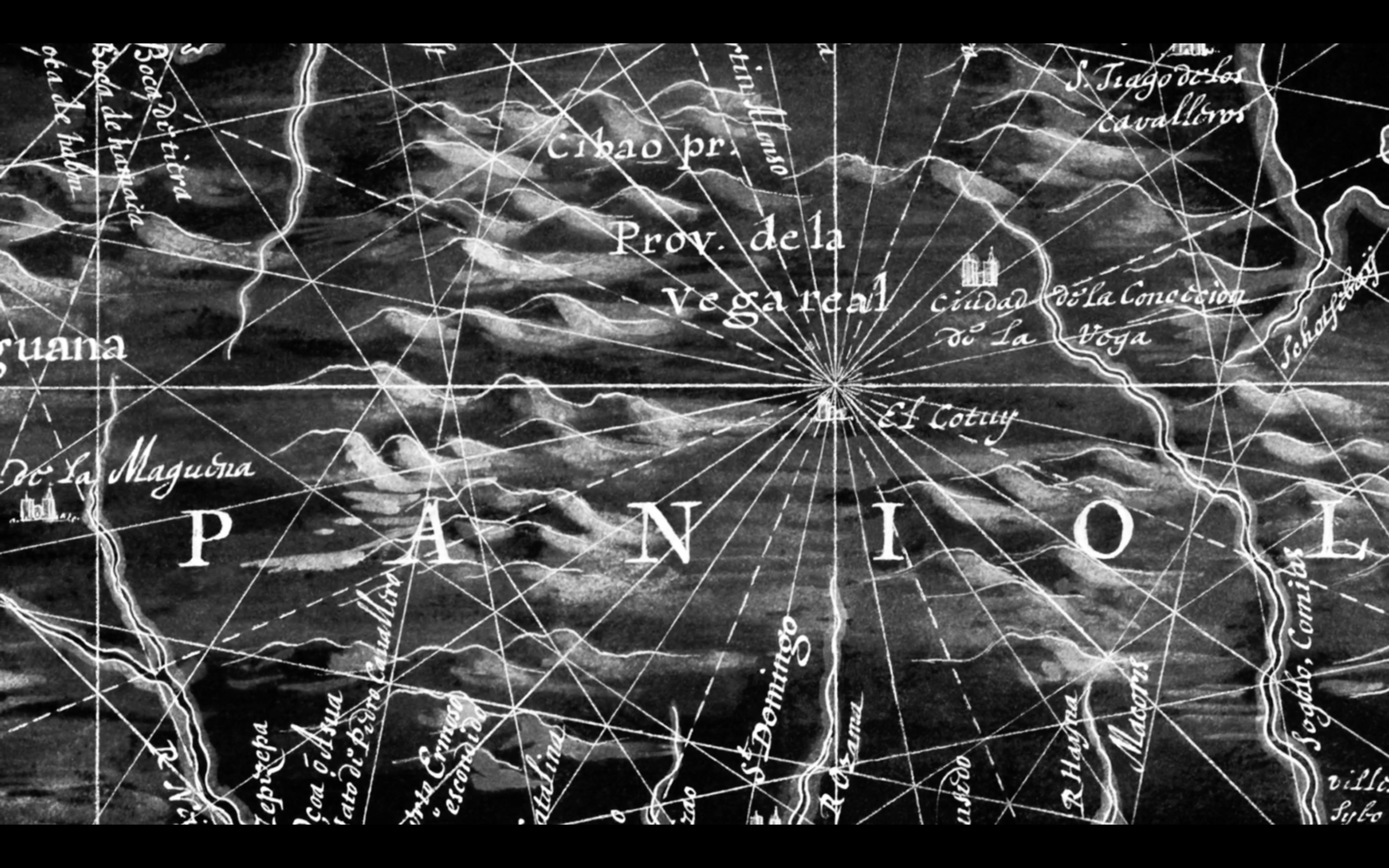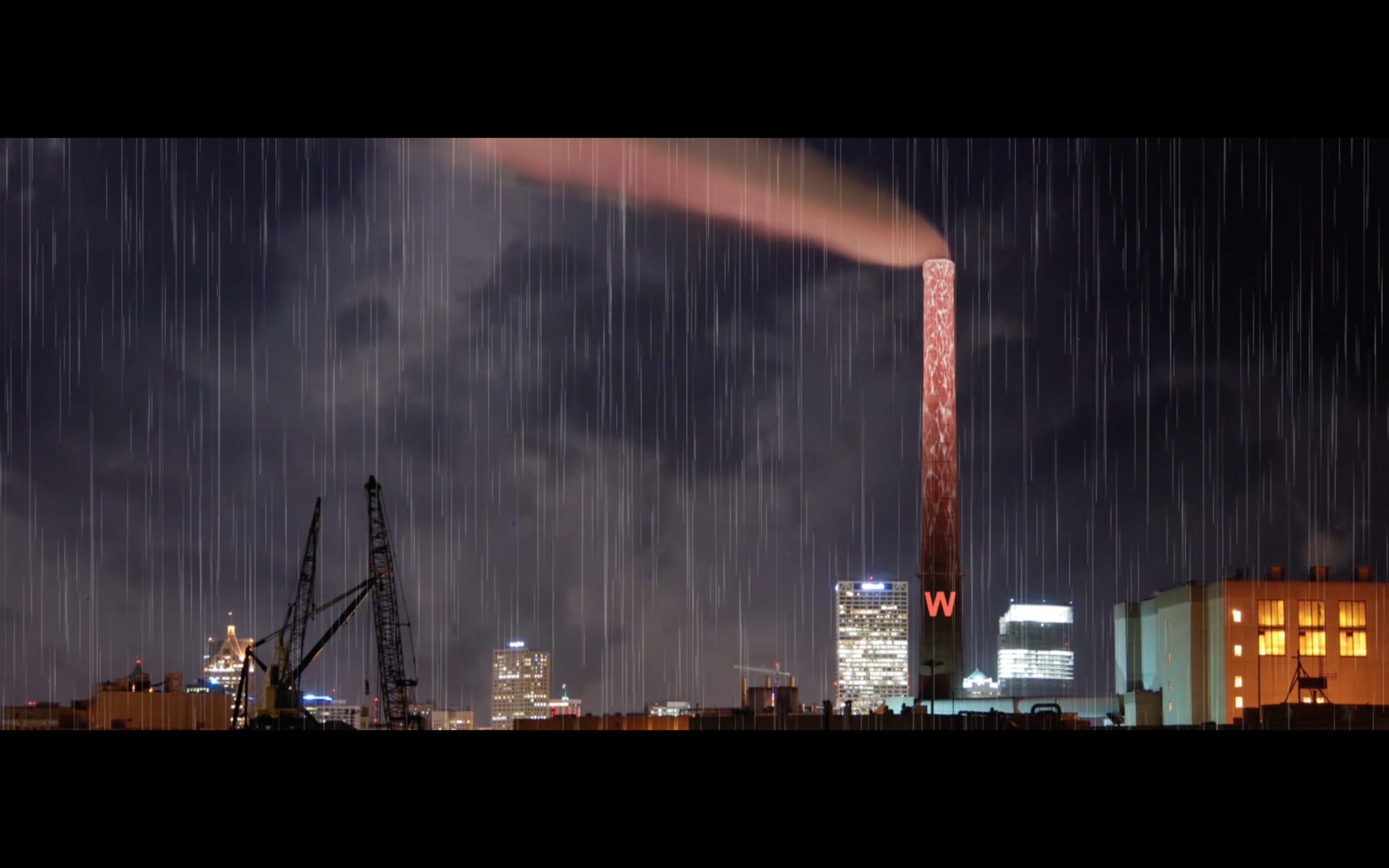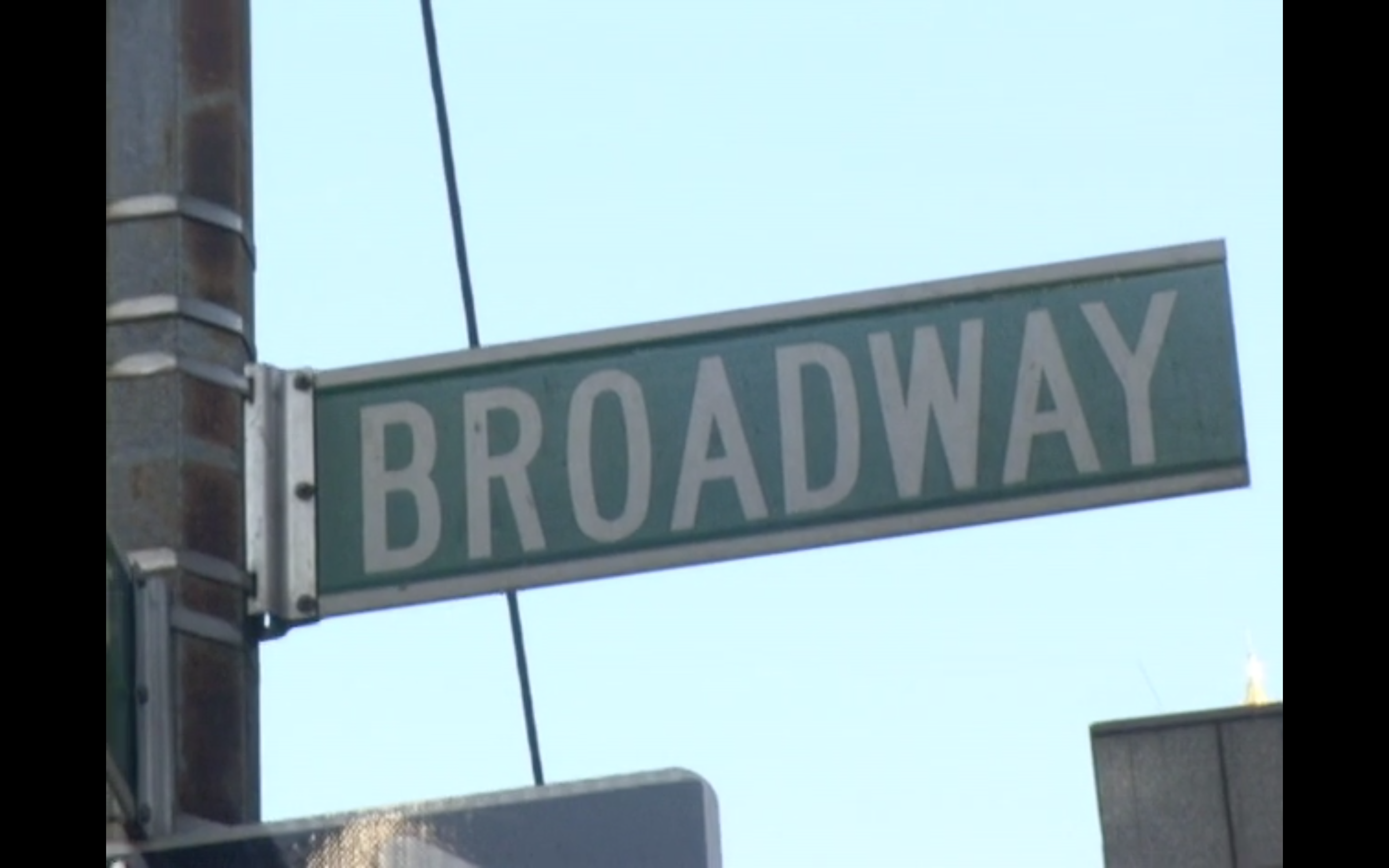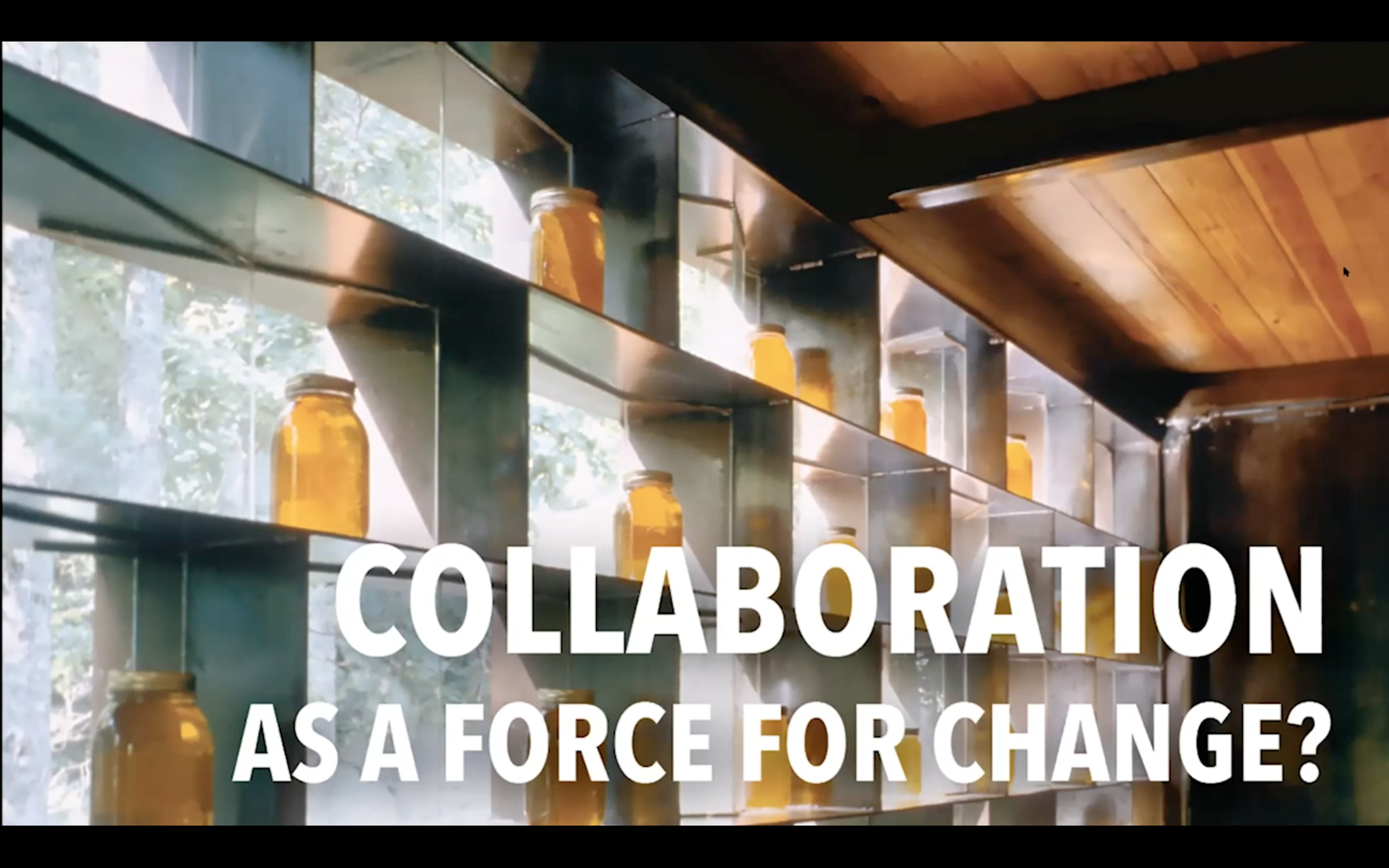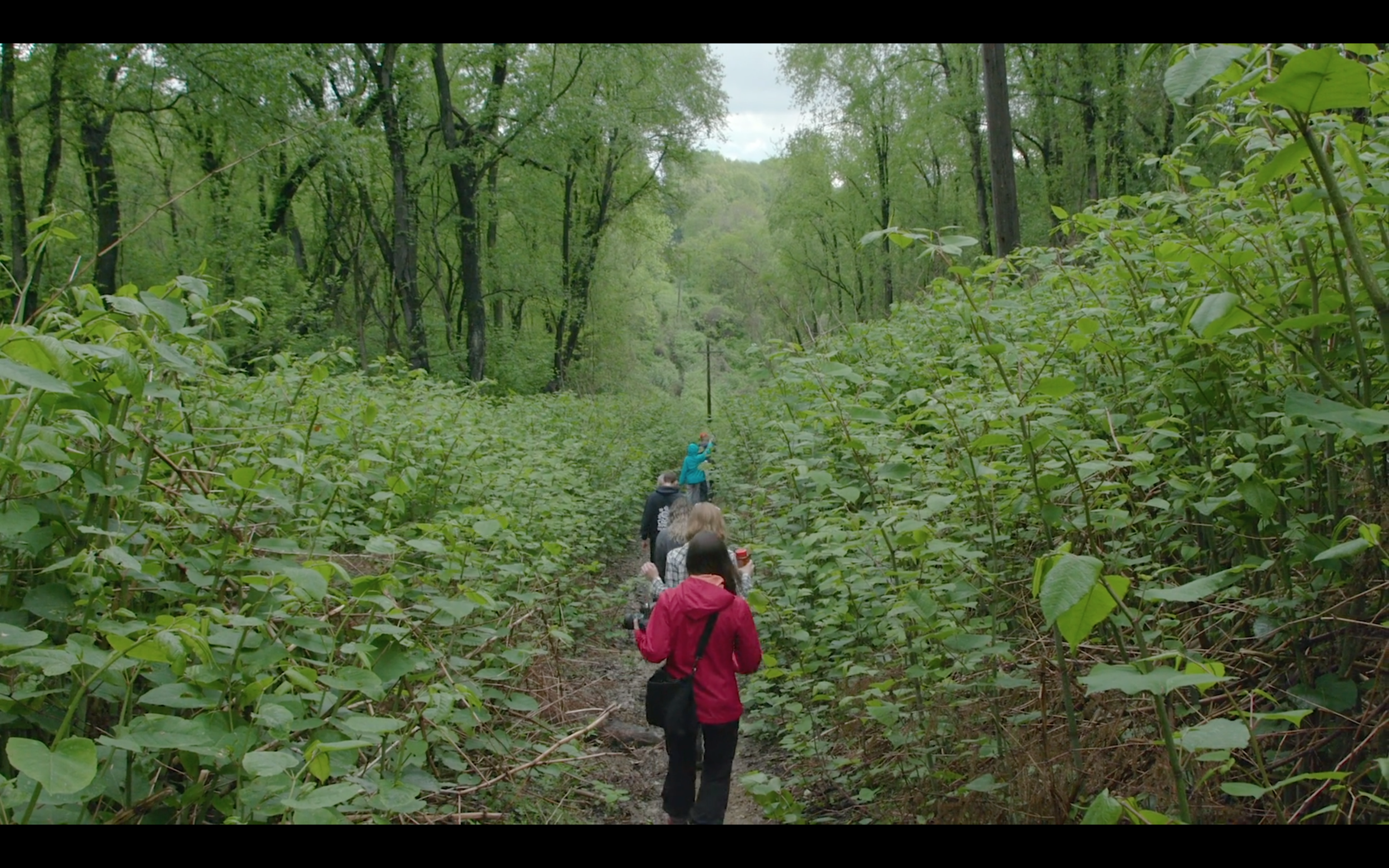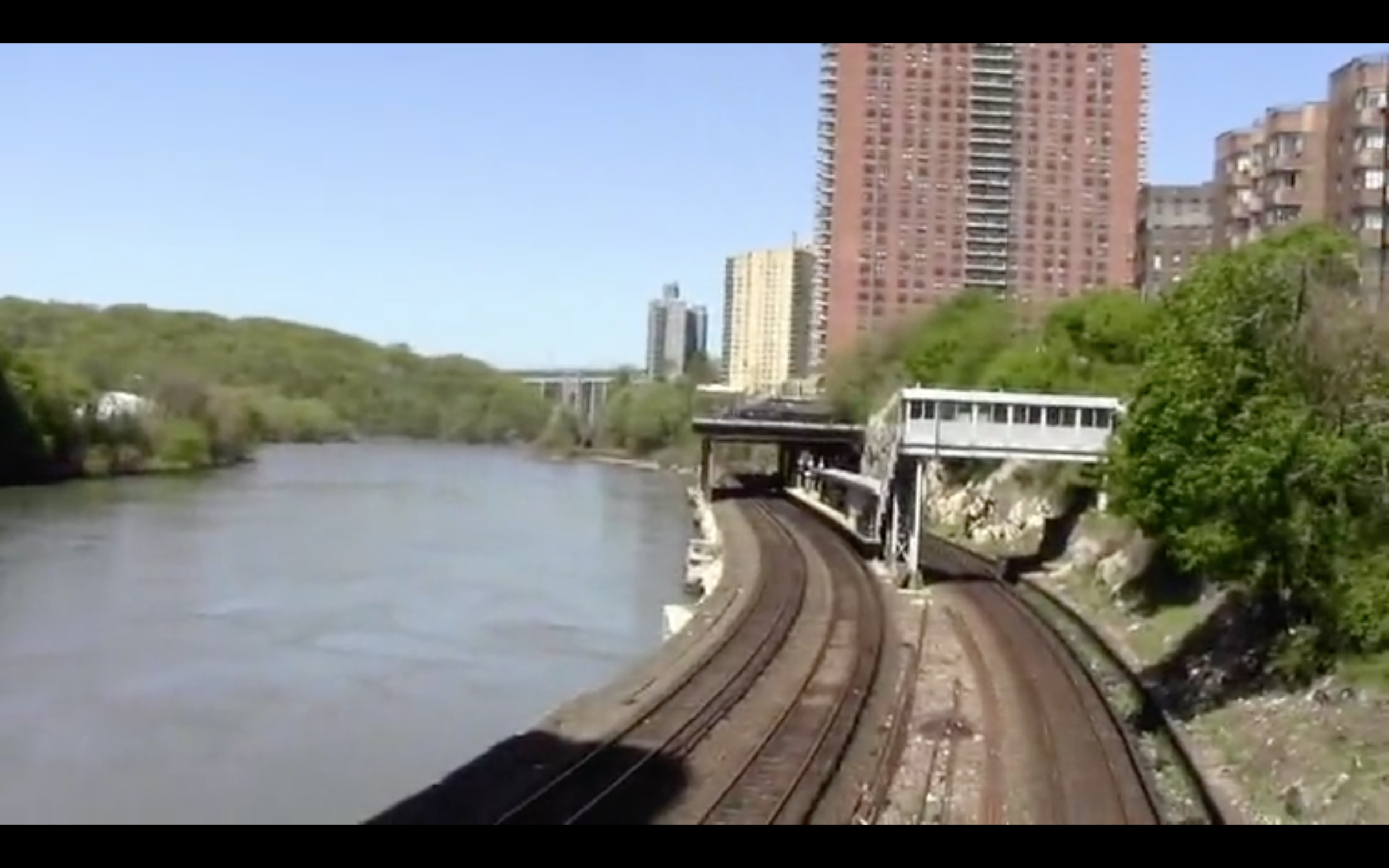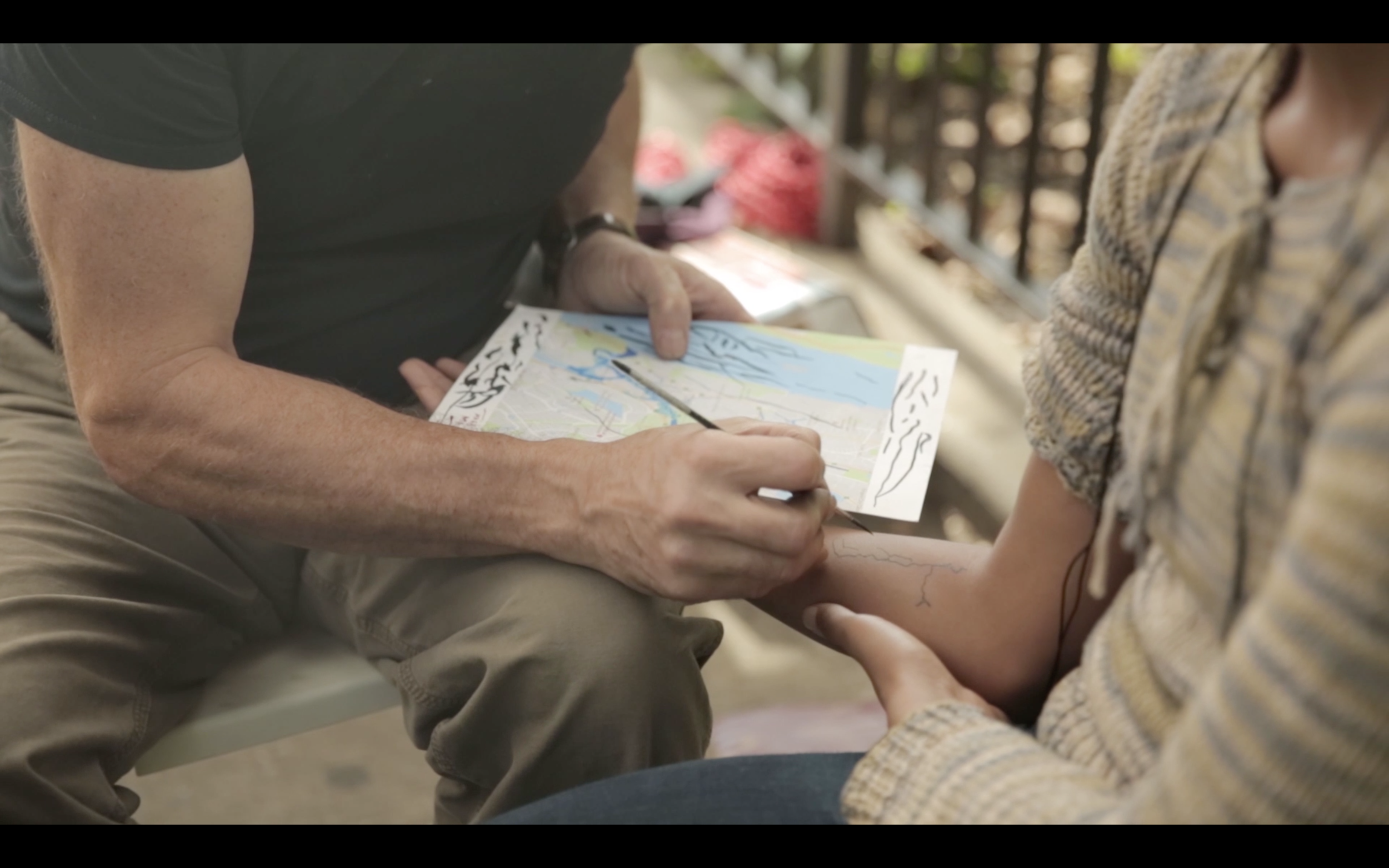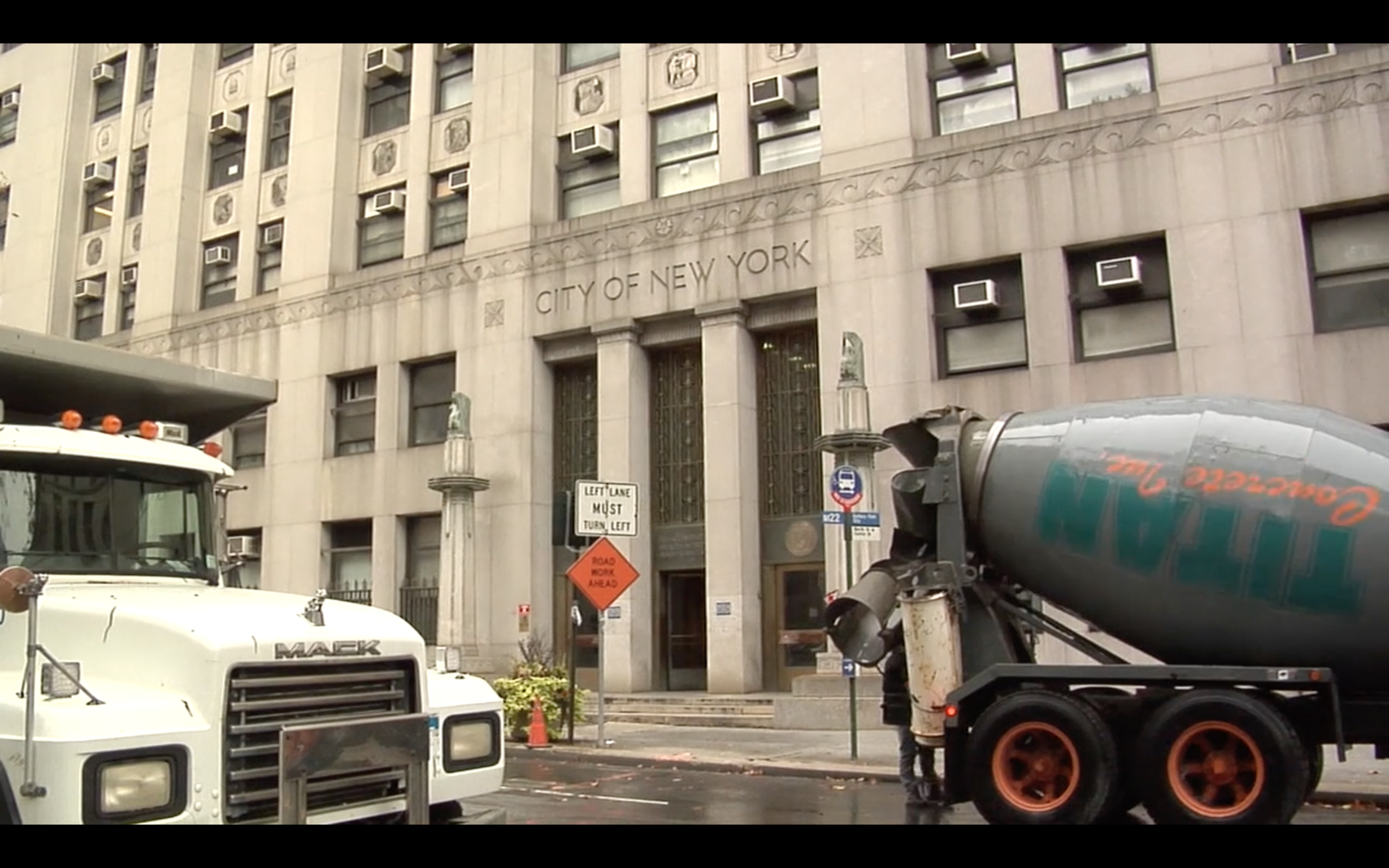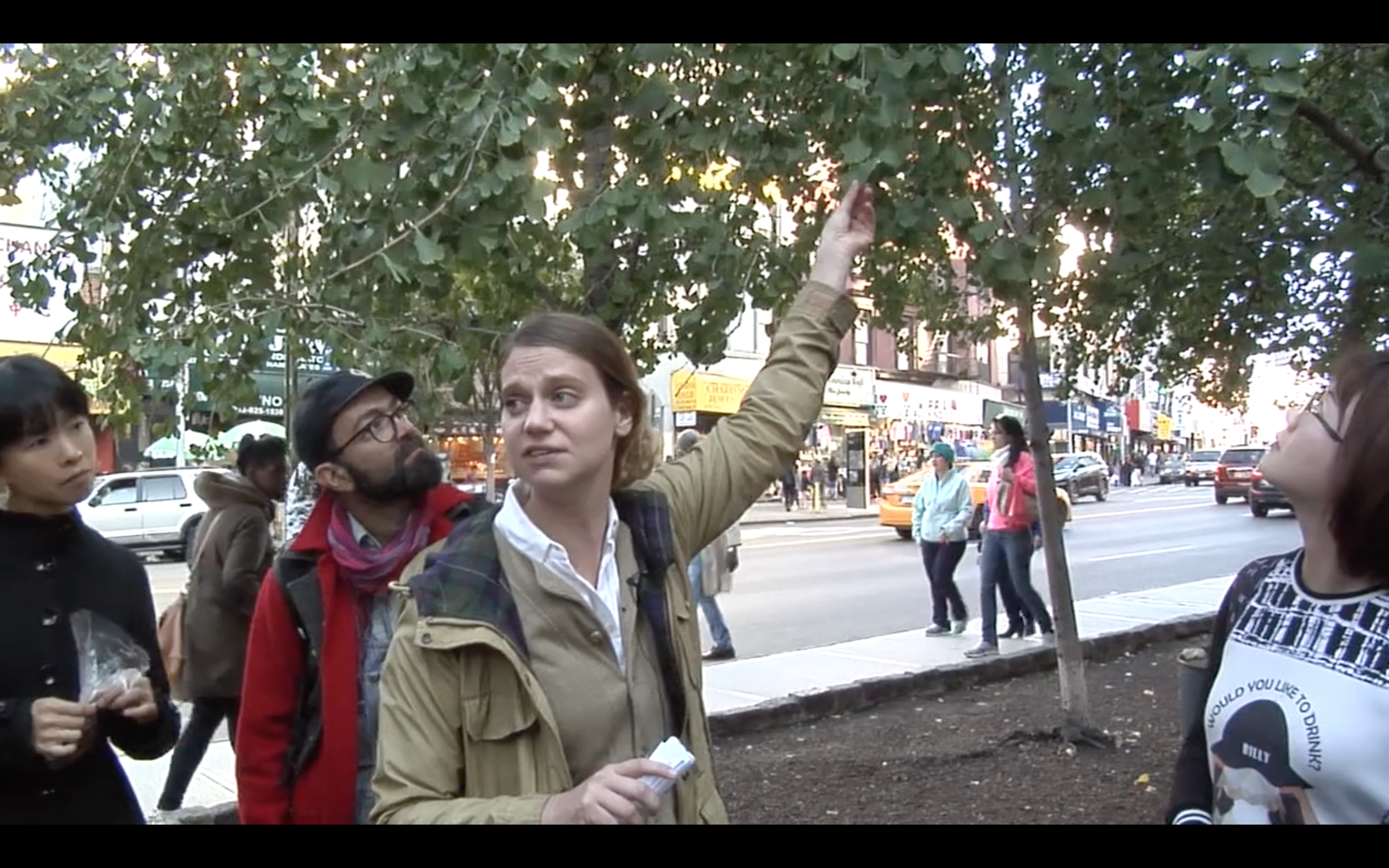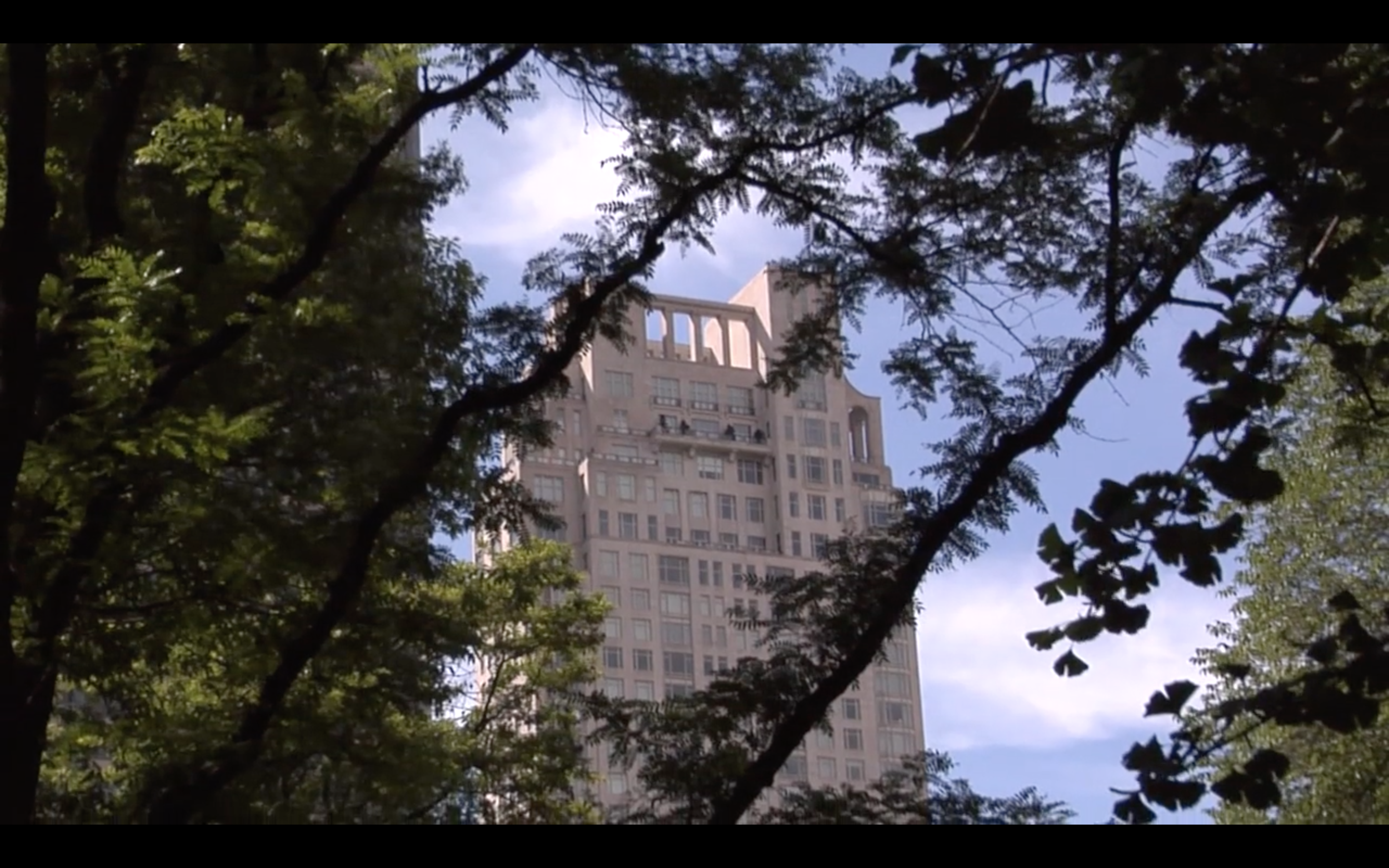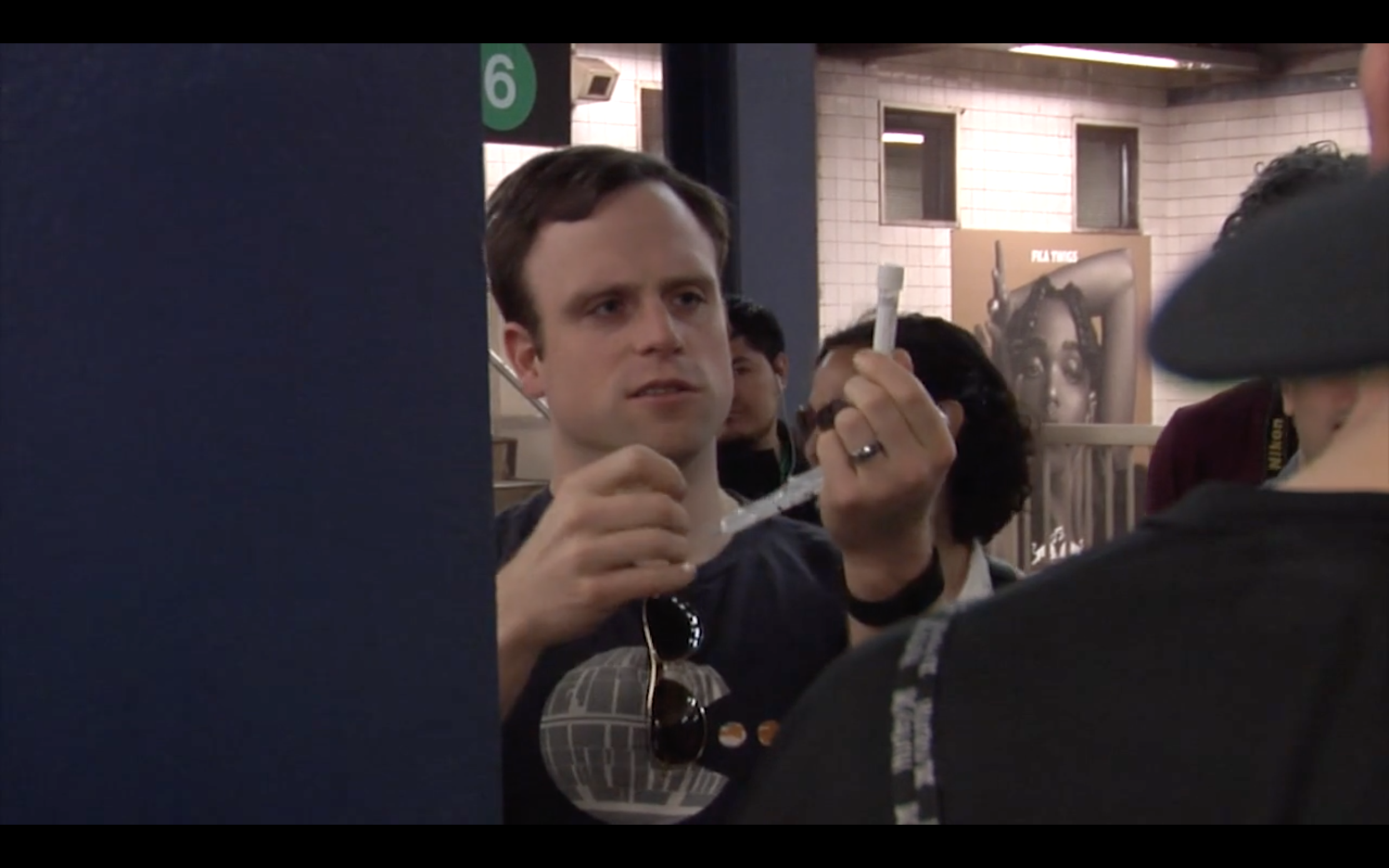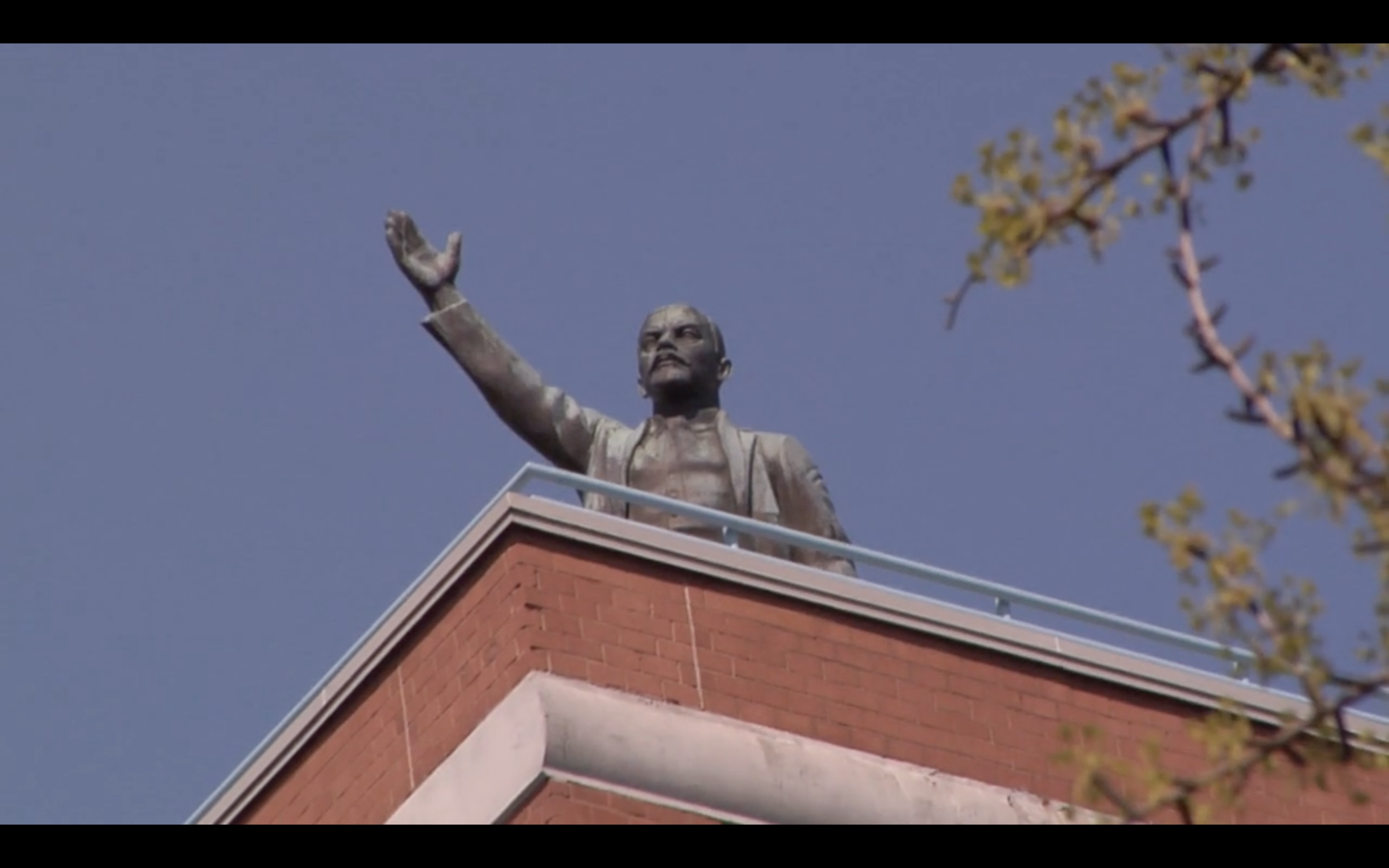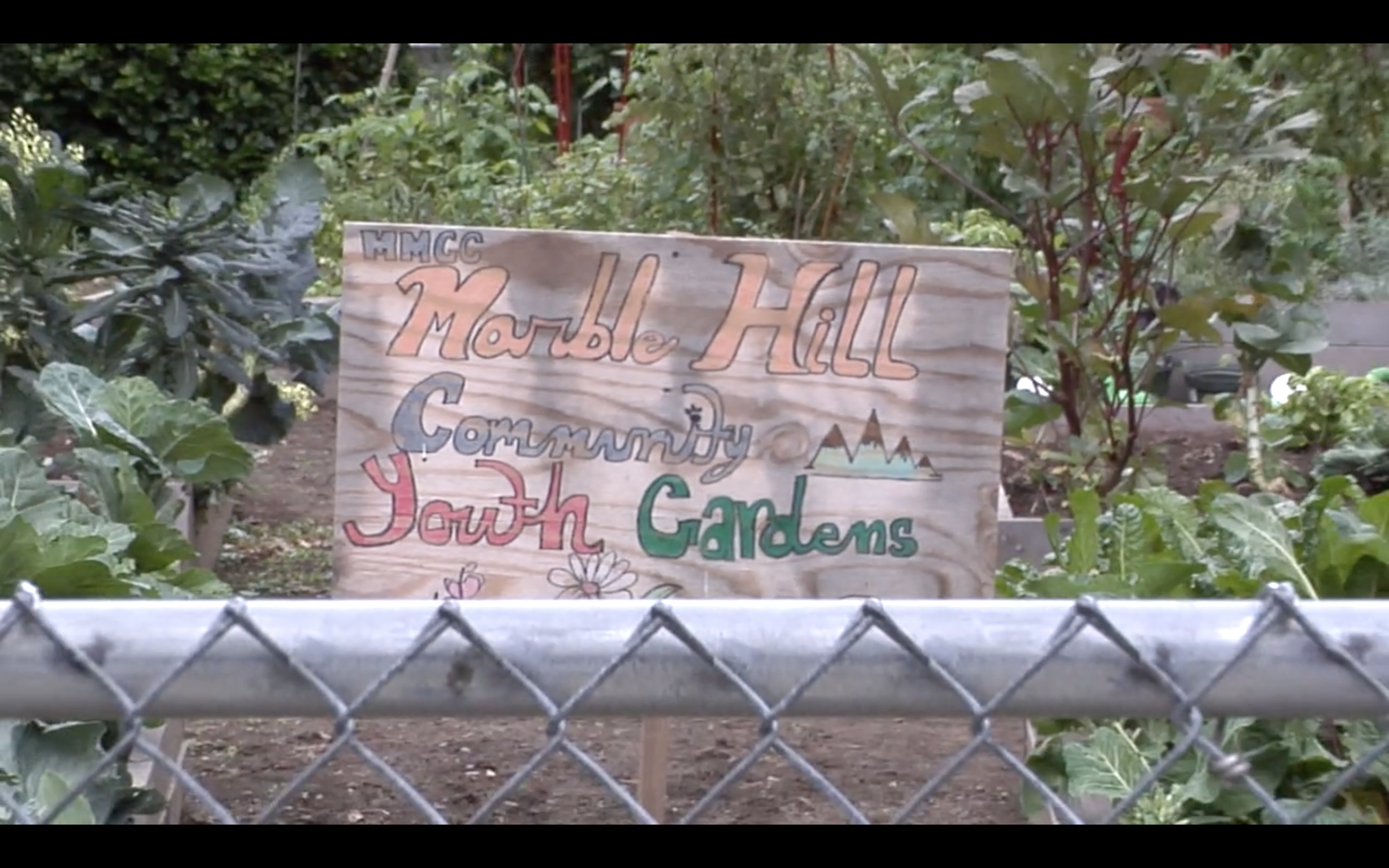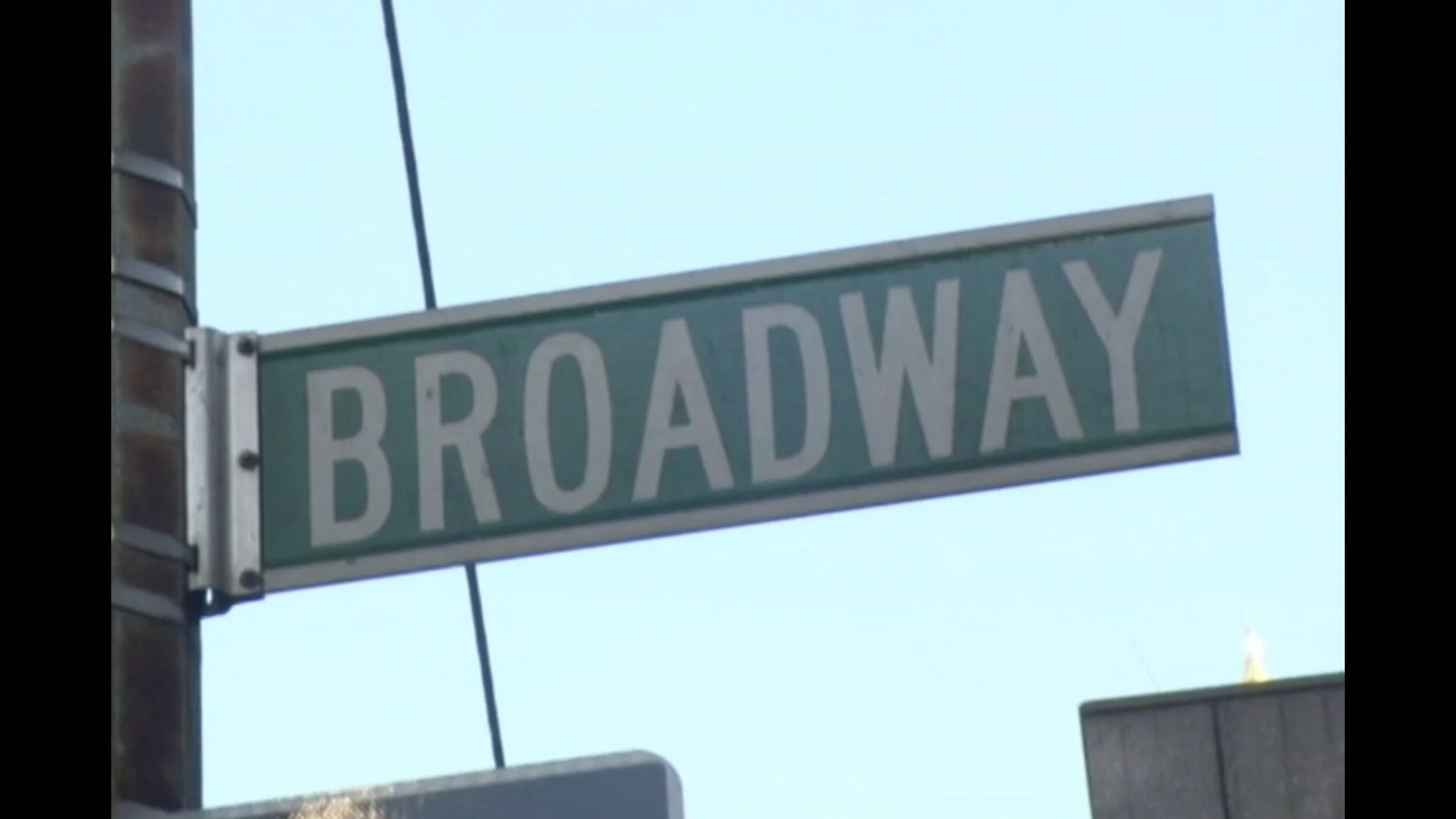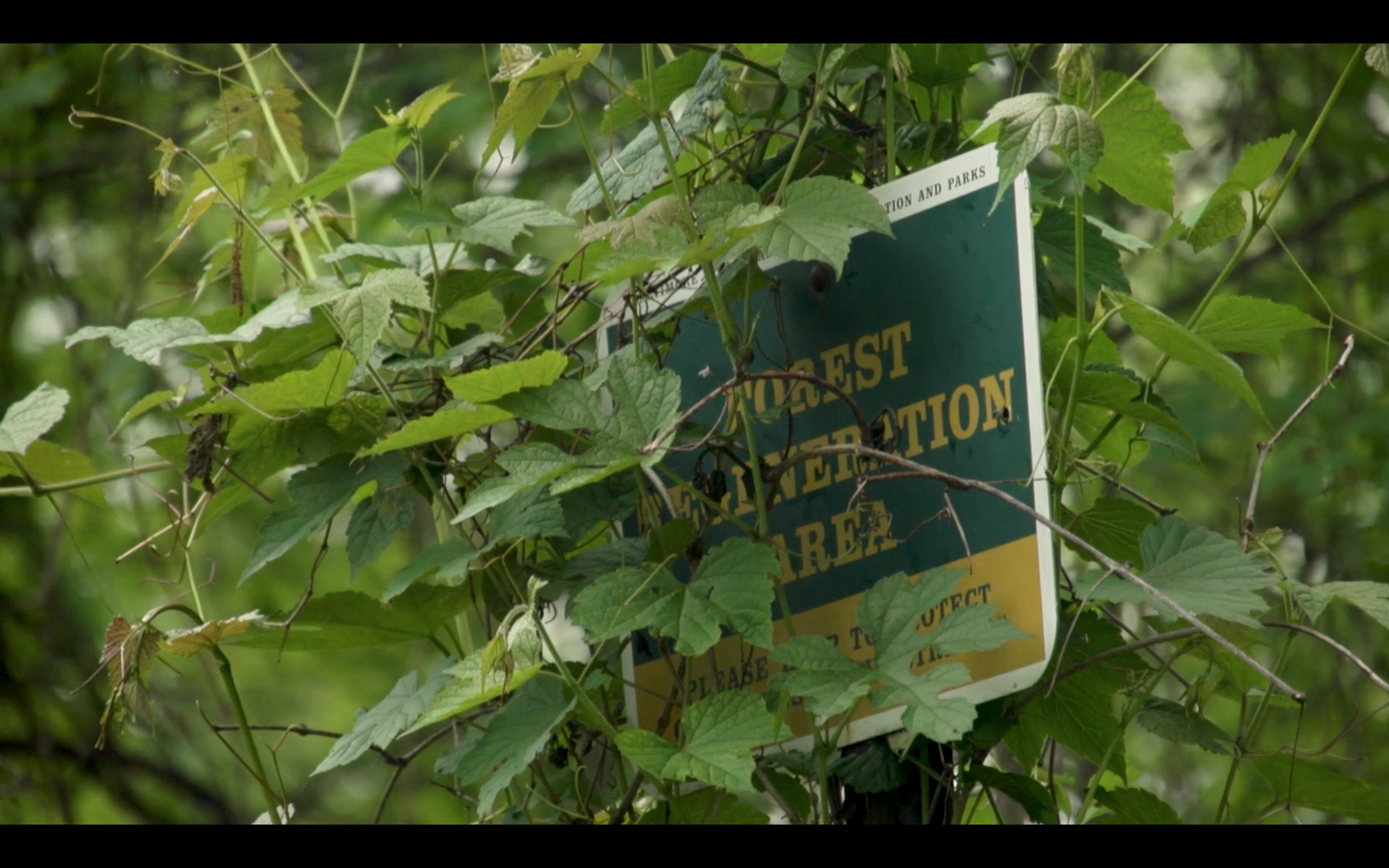CALL Video Library
Chinatown
2020
Resiliency In Urban Food Systems
A conversation with economic botanist Dr. Valerie Imbruce, architect and urbanist Stephen Fan, and founder of Think!Chinatown Yin Kong in which they explained the initiatives and concepts behind CALL / Chinatown’s Designing Food Awareness Project. This event took place as a part of Climate Week NYC 2020
Healing: Food & Our Future
Artist Tattfoo Tan and Traditional Chinese Medicine Practitioner Donna Mah discuss how food can be a part of the healing process. This conversation, held on August 13th, 2020, launched Tattfoo's collaboration with CALL WuXing Oracle Cards, a project that will collect stories and recipes which connect to asian produce items with healing properties.
2019
Mapping Chinatown’s Food Systems
Urbanist and architect Stephen Fan and economic botanist Dr. Valerie Imbruce lead nearly 100 participants through Chinatown’s narrow streets to explore the Food System that sustains an entire region, and the challenges it faces.
2018
Heat Mapping
Architect Joyce Hwang and environmental engineer Prathap Ramamurthy documented the “hidden” physical conditions — in particular heat loss and retention — of rent-controlled buildings in Chinatown through thermal imaging. This WALK explored the substandard housing condition in many buildings in Chinatown and reflected on how the arts could be a catalyst to reveal the benefits of strategic renovations to energy conservation and livability.
2016
Broadway: 1000 Steps — Mary Ting, Paul Bartlett & Sophie Plitt
Artist Mary Ting, scientist Paul Bartlett, and urban forester Sophie Plitt discussed the nuances of post 9-11 air pollution, toxicity and quality of life issues that Chinatown residents face. The walk began on the Southwest corner of Broadway and Canal and ended in front of the Confucius Plaza.
Broadway: 1000 Steps —Jean Shin & Robin Nagle
Artist Jean Shin and ecologist Robin Nagle highlighted the often invisible immigrant population, systems and economies that are part of the ecology of Chinatown. Shin and Nagle focused on recycling work done by canners, patterns of consumption, and hidden infrastructures of waste stream and labor, as well as Nagle's research into unofficial can redemptions infrastructure.
Broadway: 1000 Steps — Ellen Driscoll, Joyce Hwang & Mckenzie Younger
Artists Ellen Driscoll, Mckenzie Younger and architect Joyce Hwang’s WALK explored the urban ecosystem of Chinatown, touching on the history and evolution of the neighborhood around Collect Pond from a freshwater pond landscape to an industrialized urban area. The WALK conveyed the profound effects that human actions have on urban ecosystems.
Rescuing Tibbetts Brook
2020
Mosholu
Maya Ciarrocchi and Francheska Alcantara share personal reflections on their connection to water and water bodies, specifically their relationship to the landscape of Northern Manhattan, the Bronx, and the history of Tibbetts Brook. This work is inspired by Ciarrocchi’s beautiful cyanotype images of Tibbetts Brook, created during a residency at Wave Hill.
Walking Tibbetts
Recording of a panel discussion between artist Matthew Jensen, ecologist Eric Sanderson and historian Robert Fanuzzi on the past, present and future of Tibbetts Brook, in May 2020
Walking the Edge of the Harlem River
Artist Mary Miss and Senior Project Manager at New York City Department of Environmental Protection, Tolga Yilmaz discuss the history of the Tibbetts Brook, the sewage infrastructure of New York City, the benefits of daylighting Tibbetts Brook, and the benefit that will have on the surrounding environment and infrastructure.
The Tree & I
CALL’s first self-guided audio CALL/WALK, led by artist Nicolás Dumit Estévez and Van Corltandt Park ecological project Manager John Buter. To launch the tour, CALL hosted a virtual conversation discussing the ecology of Van Cortlandt Park and their personal history with it.
2019
The Tree & I
Artist Nicolás Dumit Estévez Raful Espejo and Ecological Project Manger John Butler lead a contemplative walk through Van Cortlandt Park exploring the deep connection between people and nature.
Bob Braine’s Estuary Tattoos
With his Estuary Tattoos, artist Bob Braine maps both the history and the future of Tibbetts Brook and its surrounding wetlands on the bodies of local NorthWest Bronx residents through a series of body-painting events throughout the summer and early fall of 2018. Part of CALL's Daylighting Tibbetts Brook initiative.
WaterMarks
2019
CALL/WALKS: Milwaukee
Highlights of two Milwaukee WALKs, “Connecting Water and Art in the Garden Homes” and “Restoration and Reclamation in the 30th Street Corridor,” both of which deal with water issues in Milwaukee.
2018
WaterMarks: An Atlas of Water
WaterMarks is an urban scaled project for the City of Milwaukee designed to help its residents better understand their relationship to the natural systems and infrastructure that supports their lives.
WaterMarks Pulaski Park
In this CALL WALK artist Jessica Muenick-Ganger, River Revitalization Foundation land manager Joanna Demas, about the history of the KK river, the impact of the concrete riverbed the KK river sits in on the wellness of the community and landscape, and the biodiversity that surrounds it in Pulaski Park.
2017
WaterMarks: An Atlas of Water
Artist Mary Miss and the director of the Haggerty Museum of Art, Susan Longhenry, introduce the CALL Project: WaterMarks. They discuss how art and museums need to engage with their communities, the methods and partners of WaterMarks to engage those citizens, and describe the cite of WaterMarks on the Milwaukee waterfront.
Broadway: 1000 Steps
2017
The Urban Garden
Artist Kanene Holder and biologist Paul Mankiewicz explored how people interact with nature and questioned where and if urban planning has succeeded or failed to accommodate natural ecosystems.
Food, Culture & the Urban Environment
Artist Miguel Luciano and environmental scientist Daniel Carrion led a walk to bring awareness on the complex relationships between migration, housing, food insecurity and pollution in West Harlem.
2016
Ice Cubed: An Inquiry into the Aesthetics, History, and Science of Ice
Artist Marshall Reese and anthropologist Ben Orlove revealed the geological traces and disappearances in the neighborhood of Columbia University's Heyman Center. This CALL WALK was presented for Ice Cubed: An Inquiry into the Aesthetics, History, and Science of Ice, a two day conference hosted by the Heyman Center.
Places, Pleasures, & Public Space
This WALK explored the qualities that make public spaces inviting or unwelcoming — considering habitat, migration, and the relationship between social and natural ecology. They examined the pleasures and benefits of public space by looking at the Upper West Side and the populations it serves through the perspectives of three New Yorkers who significantly shaped public space in the city: Frederick Law Olmsted, Robert Moses, and Jane Jacobs.
Broadway: 1000 Steps —Jean Shin & Robin Nagle
Artist Jean Shin and ecologist Robin Nagle highlighted the often invisible immigrant population, systems and economies that are part of the ecology of Chinatown. Shin and Nagle focused on recycling work done by canners, patterns of consumption, and hidden infrastructures of waste stream and labor, as well as Nagle's research into unofficial can redemptions infrastructure.
Broadway: 1000 Steps — Ellen Driscoll, Joyce Hwang & Mckenzie Younger
Artists Ellen Driscoll, Mckenzie Younger and architect Joyce Hwang’s WALK explored the urban ecosystem of Chinatown, touching on the history and evolution of the neighborhood around Collect Pond from a freshwater pond landscape to an industrialized urban area. The WALK conveyed the profound effects that human actions have on urban ecosystems.
Broadway: 1000 Steps — Mary Ting, Paul Bartlett & Sophie Plitt
Artist Mary Ting, scientist Paul Bartlett, and urban forester Sophie Plitt discussed the nuances of post 9-11 air pollution, toxicity and quality of life issues that Chinatown residents face. The walk began on the Southwest corner of Broadway and Canal and ended in front of the Confucius Plaza.
2015
Habitats And High Rises
Artist Marshall Reese and naturalist Mike Feller discuss the history of invasive species — both cultural and natural, coupling the story of Columbus, with the the European dove (colomba) and the history of apartment developments in New York City. The WALK focused on 59th Street/ Columbus Circle.
Microbial Maps
Geneticist Dr. Chris Mason and artist Will Lamson talk about microbiomes in urban spaces — the invisible forces that animate the world. They discuss Dr. Mason's project to map the bacteria in New York City's subway system and how those microorganisms are generally benign or even have a positive effect on the ecosystem of the subway system. The walk is on Houston Street/ Lower East Side.
Collision Theory: Birds and Buildings
Architect Joyce Hwang and naturalist Gabriel Willow explore the possibilities for architecture that supports urban species. They addressed the intersection of urban wildlife with the built urban environment, specifically focusing on the relationship between buildings and birds. They discuss how buildings are cited as the primary “killer” of migratory birds but how urban building façades can serve as bird habitats.
Revitalizing Urban Waterways
SLO Architecture and hydrologist Theo Barbagianis envision reconnecting and rejuvenating the fragmented waterways around Van Cortlandt Park. The WALK mission was to detect signs of former and latent natural riparian landscapes, as well as identify telling fragments of cityscape, to help uncover the possibilities to unlock and restore the ecological future of this Bronx neighborhood within the waterway network of New York City.
Home Is Where The Heart Is
Artist Heather Hart and sociologist Dalton Conley led an interactive discussion on the history and future of the Lower East Side — the most economically unequal neighborhood in the United States. They discuss the class and art history of the neighborhood, the changing populations and the vestiges of those changes. Houston St./ Lower East Side
The Identity of Water
Artist Juanli Carrión and sociologist Gianpaolo Baiocchi will lead a cultural journey through different flavors of water. Participants will get a perspective of the different "identities" water can have and how susceptible these identities are to change, while learning about the past and the future of the neighborhood and its population.
Noise and The Psychogeography On The Street
Urban design strategist Howard Chambers and Environmental Psychologist Arline Bronzaft discussed noise and the psychogeography on the street. The WALK observed the sounds of the street and how those sounds are interpreted and perceived. They started on Central Park West.
Ruminations on Extinct Topography
Artist Bob Braine, plant ecologist Rebecca Swadek, and botanist George Jackman, focused on stream resiliency and fish habitat. They discuss the history of Tibbets Brook, the ecology of the of marble hill and the contemporary connection the neighborhood has to the water.
Production and Consumption in the Bronx
Walking in a circle starting and ending at 228th Street, artist Mary Mattingly and scientist Sabine Marx described cycles of historic and future visions, building and preserving projects that highlight New York's resources. From farms to gardens, the rivers to the reservoir, spaces of production and consumption, how we simultaneously re-imagine spaces around the powers that be.
Our Democratic Public Space
Writers Garnette Cadogan and Jonathan Tarleton explore the qualities that make public spaces inviting or unwelcoming. They open the notion public space to include not only parks, but the sidewalk and the subway, and articulate how all these public spaces share and participate in an ecology. They discuss Frederick Law Olmsted, Robert Moses, and Jane Jacobs, as they walk from Central Park West to Riverside Park.
2014
Tattfoo Tan
Artist Tattfoo Tan and ecologist Stuart Gaffin led a walk to find material resources in Chinatown in order to fill one’s emergency bag with high end and low brow items.They stopped at a crystal shop that takes Kirlian Photography and shows your aura and Micro Museum, located in a freight elevator.
SPURSE
Spurse founder Iain Kerr and architect Petia Morozov led an exploration of the sidewalk ecology of Harlem through the lens of urban foraging. They explore how humans and plants have co-evolved along with the built environment. They discuss how plants act as storytellers of human history.
Elliot Maltby and Theo Barbagianis
Urban Designer and founder of Thread Collective Elliott Maltby and water resources engineer Theo Barbagianis expose the “backstage” of infrastructure in Lower Manhattan through the story of Collect Pond, and its part in the development of NYC's water infrastructure.
Piece Walk--Free Zone
Artist and Environmental Psychologist Adeola Enigbokan and Urban Planner Dr. Tarry Hum piece together the intricate web of labor that links the Garment District to immigrant enclaves in New York City, and to factories in "Free Zones" around the globe.
Torkwase Dyson and Cindy Katz
Artist Torkwase Dyson and Geographer Cindi Katz led a dialogue about gender, architecture and nomadism as they pertain to new geographies of climate change. They wonder how the movement of people will be mapped, the influence of Columbia University in Harlem, and the intersection of environmental justice and social justice.
Victoria Marshall and Timon McPhearson
Landscape architect Victoria Marshall and urban ecologist Timon McPhearson, led a dialog about blocks, roofs and health. They identified three urban forms: billboard space, step backs, and sandwich space, to articulate the different pollinators, microbes and air of the garment district.
2013
BROADWAY: 1000 Steps exhibit
Mary Miss introduces the City as Living Laboratory exhibition at the Center for Architecture March 7 - April 10, 2013.
2012
BROADWAY: 1000 Steps / MAS Jane’s Walk 2012
In conjunction with the Municipal Art Society's Jane's Walk weekend, we walked the length of Broadway from Van Cortlandt Park to Bowling Green on Sunday, May 6th. We were joined by over 20 walk hosts who shared their expertise on topics ranging from history to wildlife.
Duane Park - Introducing: Broadway 1000 Steps
Artist Mary Miss introduces the CALL Project Broadway: 1000 Steps. The project creates a green corridor throughout New York, down Broadway. 20 hubs along broadway will serve as cites for a series of small scale installation. The hubs will help reveal the network of systems vital to a healthy city.
CALL Conversations and Workshops
2025
Cloudbursts and Resilience in Corona, Queens
Adrián Cerezo, Ph.D. (Consultant, WaterMarks Milwaukee), Sanket Hendre (Manager of Corona Plaza at the Queens Economic Development Corporation), and Christian Cassagnol (District Manager. Queens Community Board 4) address the challenges of cloudbursts in Corona, Queens.
Cloudbursts—sudden and intense rainfall events—are becoming more frequent due to climate change, posing significant risks to neighborhoods like Corona, built on historic waterways. This panel highlights the particular vulnerabilities of Corona and discuss how CALL’s initiatives are being developed to foster knowledge-sharing and collaboration that can contribute to visions of a more sustainable and resilient future.
Art as Action: Understanding Urban WaterWays
This conversation, part of CALL’s ongoing Cloudburst Project, brings together Rebecca Pryor and Cody Herrmann, moderated by Amy Motzny, to explore creative strategies for restoring and reimagining urban water systems.
The discussion highlighted the role of artistic practice in environmental advocacy, focusing on community-driven projects at the intersection of public art and ecological restoration. Speakers shared their work in revitalizing local waterways, pushing for sustainable infrastructure, and inspiring collective action.
Cody Herrmann is an artist and community organizer based in Queens.
Amy Motzny is Section Lead, Climate & Equity at NYC Department of Environmental Protection.
Rebecca Pryor is the Executive Director of Guardians of Flushing Bay.
2020
Collaboration: A Force for Change
Architect Marlon Blackwell, engineer Marty Matlock, and artist Mary Miss discuss the importance and challenges of collaboration. They discuss their own careers collaborating with each other and articulate how the act of collaboration is in and of itself a fruitful learning experience — having different perspectives inform the process and read the landscape.
The Ecology Of Our Public Life
A conversation with artist Walter Hood, ecologist Dr. Steward Pickett and artist Mary Miss discussed how urban planning, design, and public policy have impacted our ecosystems and the wellbeing of urban dwellers in disparate and inequitable ways. They discussed the ongoing work of changing this dynamic through creative collaboration – and the role of artists and designers in envisioning and implementing resilient, equitable, and sustainable cities.
Walking Tibbetts
Recording of a panel discussion between artist Matthew Jensen, ecologist Eric Sanderson and historian Robert Fanuzzi on the past, present and future of Tibbetts Brook, in May 2020
Walking the Edge of the Harlem River
Artist Mary Miss and Senior Project Manager at New York City Department of Environmental Protection, Tolga Yilmaz discuss the history of the Tibbetts Brook, the sewage infrastructure of New York City, the benefits of daylighting Tibbetts Brook, and the benefit that will have on the surrounding environment and infrastructure.
Pause and Hum
On June 10th, artist Nicolas Dumit Estevez Raful Espejo and urban beekeeper Dr. Luke Dixon pollinated an experiential conversation on bees and breathing. This program was part of CALL's ongoing series of virtual conversations between artists and scientists on pressing issues of climate, equity, and health.
The Tree & I
CALL’s first self-guided audio CALL/WALK, led by artist Nicolás Dumit Estévez and Van Corltandt Park ecological project Manager John Buter. To launch the tour, CALL hosted a virtual conversation discussing the ecology of Van Cortlandt Park.
2014
WORKSHOP - Harlem
This CALL/ WORKSHOP was organized as a part of BROADWAY: 1000 Steps, in partnership with the Mailman School of Public Health at Columbia University, and facilitated by Dr. Franco A. Montalto P.E. Ph.D.. The workshop included four CALL artists and about 30 local community leaders and activists who discussed the neighborhood in Harlem around 125th Street/Broadway and the sustainability efforts that have been identified as the most urgent by the community.
2013
Sustainable Cities
Panel discussion at Hunter College
National WALK Series
2019
Breaching Waterways Along the Anacostia River - Washington, DC
Performance artist Katie Kehoe and Leading climate scientist Dr. Jagadish Shukla led an experiential WALK through Heritage Islands and the Anacostia River. The serene character of these islands, which are home to a plethora of wildlife, offers a unique opportunity for this exchange.
Walking The Urban Wilderness, 2019 - Pittsburg, PA
Artist Natalie Settles, biologist Charles Beir, and landscape architect Kara Smith explore Hays Wood, a former industrial mining site which has returned to the wild and is soon to become a city park.
Nest + Flow - Baltimore, MD
Artist Jann Rosen-Queralt and ecologist Lea Johnson highlighted the way species, water and energy move through the landscape, exposing ecological patterns and processes often overlooked or unseen.
Atomic Stories - Santa Fe, NM
Artist Andrea Polli organizes a walk with nuclear Historian Luis Campos and Activist Tina Cordova on the impact of the atomic bomb on the landscape and people of New Mexico.
WaterMarks - Milwaukee, WI
Highlights of two Milwaukee WALKs, “Connecting Water and Art in the Garden Homes” and “Restoration and Reclamation in the 30th Street Corridor,” both of which deal with water issues in Milwaukee.
2018
Re-Greening the KK River - Milwaukee, WI
Artist Jessica Muenick-Ganger, River Revitalization Foundation land manager Joanna Demas, about the history of the KK river, the impact of the concrete riverbed the KK river sits in on the wellness of the community and landscape, and the biodiversity that surrounds it in Pulaski Park.
MARFA Dialogues
2014
St.Louis
CALL co-organized a three-part WALK for Marfa Dialogues/St. Louis (MD/STL) which started at the controversial 30-acre former public housing site, Pruitt-Igoe, demolished 40 years ago. The site has since lain fallow in a poor neighborhood of St. Louis. From Pruitt-Igoe the WALK continued down blocks with many abandoned homes, adjacent to others undergoing new housing construction, past urban farms, and ended in Grand Center - a cultural hub in St. Louis that still struggles from the consequences of de-population.
Participants included: artist Bob Hansman, poet MK Stallings, plant biologist George Yatskievych, architect Tyler Meyr, environmentalist and public policy activist Lorin Crandall, architects Axi:Ome, and plant morphologist Dan Chitwood.
2013
Shifting Domains: Artists Respond to the Threatened Ecological Commons
Suzaan Boettger, art historian and critic, moderated this discussion between artists Mary Miss, Matthew Jensen, and scientist Patrick Kinney, along with Julie Reiss, author of From Margins to Center, The Spaces of Installation Art, on the erosion of traditional distinctions between art and utility and emerging hybrids of artistic, social, and ecological functionality. Together they reflected on how various artists’ strategies are recasting the role of the artist as an effective catalyst for social and environmental change.
Jane’s Walk
2014
Jane’s Walk
Mary Miss/ City As Living Laboratory and renowned game designer Josh DeBonis teamed up to create an interactive experience for this year's Jane's Walk. With input from historian Miriam Berman, naturalist Gabriel Willow, architect Juliette Spertus and Flatiron BID representative Scott Lamkin, the collaborative team compiled three sets of "playful" instructions to prompt investigations of environmental and historical features of Madison Square Park and its surrounds. The game was inspired, in part, by the French Situationists dérive.
2013
Jane’s Walk
Artist’s Excerpts
CaLL/MAS BROADWAY:1000 Steps Jane’s Walk 2013
CaLL organized a two-part Jane's Walk that ran the length of Broadway from Van Cortlandt Park to Bowling Green (nearly 15 miles!) over the weekend of May 4-5th, 2013. We were joined along the way by 20 different walk hosts from a variety of backgrounds and expertise. This walk was organized in conjunction with the Municipal Art Society as part of their annual Jane's Walk weekend in celebration of the birthday of the late Jane Jacobs.
2012
Jane’s Walk
In conjunction with the Municipal Art Society's Jane's Walk weekend, we walked the length of Broadway from Van Cortlandt Park to Bowling Green on Sunday, May 6th. We were joined by over 20 walk hosts who shared their expertise on topics ranging from history to wildlife.
Mary Miss Archive
2000
Framing Union Square
1976
Blind
1974
Cut Off


